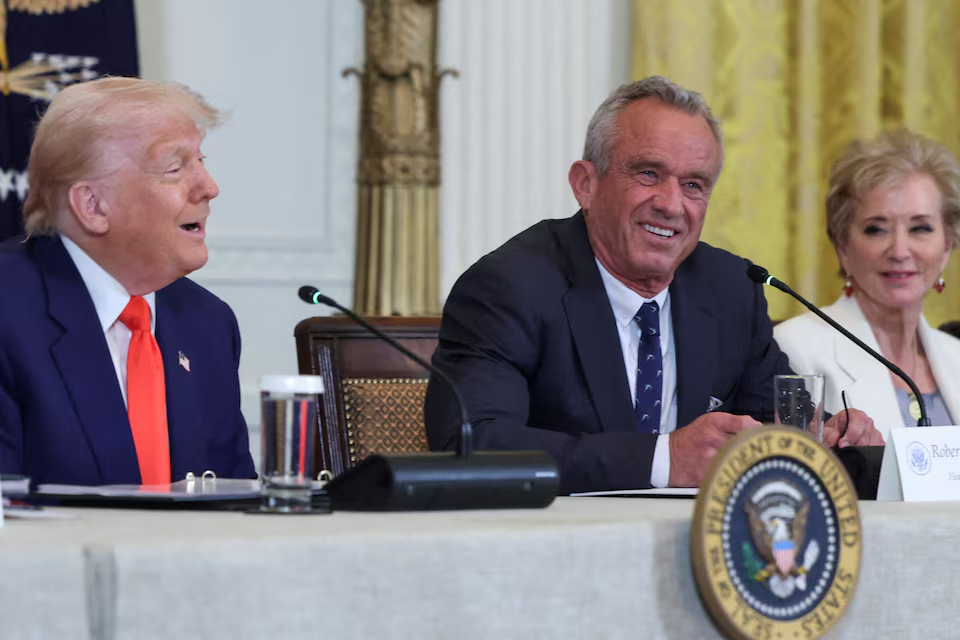Why the U.S. Economy Is Hanging by a Thread
- Jul 20
- 3 min read
20 July 2025

In recent weeks, upbeat headlines have painted a picture of a thriving American economy, job growth outpacing expectations, inflation remaining tame, and benchmark indexes like the S&P 500 scaling record heights. But peel back the gloss and a much more precarious reality begins to emerge one fueled by uneven strengths, slow-falling savings and rising interest rates that could pull the rug out from under the economy before policymakers can react.
On the surface, June’s non-farm payroll figures struck a reassuring tone. The headline number blew past forecasts, reflecting strong hiring and offering Wall Street a reason to rally. But a closer look reveals a more troubling picture. Nearly two thirds of new positions since February have been in sectors such as healthcare, education and government traditional low-growth, low-pay arenas. And alarm bells are ringing in private-sector data.
Startlingly, the payroll diffusion index hit a level below 50, signaling that more private firms cut staff than added jobs. That kind of signal is almost unheard of without a recession taking hold shortly thereafter. Beneath the veneer, economists warn, the labour market is unravelling any further weak patch in demand risks pushing the unemployment rate higher and potentially tipping the economy into contraction.
Simultaneously, a long-simmering housing crisis is gaining fresh urgency. The rise in mortgage costs, though delayed in its impact, is now biting hard. Thirty-year fixed-rate mortgages have surged past 6%, forcing new buyers to allocate a record proportion of their income just to cover monthly payments levels dwarfing those during the 2006 bubble era. Unsold new homes are piling up at levels not seen since the financial crisis. High mortgage rates leave homeowners trapped, suppress new transactions and become a drag on consumer confidence. With housing often leading turning points in economic cycles, this weakness could morph quickly into a recessionary force.
Consumer spending, the engine behind two-thirds of U.S. GDP, is also losing steam. Real monthly consumption has tapered off since last winter an ominous turn given that consumers historically powered post-pandemic recovery. Higher prices driven by tariffs have eaten into budgets, but it is the silence of the affluent that is concerning. Once the backbone of spending, high-income households are pulling back, eroding the final buffer propping up overall demand. Meanwhile, the emergency savings that surged during the pandemic have nearly vanished. As these funds dry up, the consumer spending trend could shift sharply lower.
On top of this, the stock market surge offers a troubling disconnect from the real economy. The S&P 500, propped up by outsized technology firms, now bears little correspondence to ground-level conditions. Indeed, small-cap firms, which better reflect domestic economic health, have lagged since the start of 2025. And while tech giants insulate themselves from tariff effects and manufacturing shocks, over 40% of companies reliant on imported inputs are seeing declining profits. Meanwhile, trade policy is turning stark. U.S. tariffs, only beginning to bite, are on track to escalate from 16.6% to more than 20.6% on August 1. As inventories dry up, the added cost pressures will hit households and firms alike bringing inflation risks back into play.
Meanwhile, central bankers find themselves boxed in. The Federal Reserve faces a dilemma: inflation still hovers above the target, and wage dynamics remain uneven. Speculation abounds that President Trump could attempt to replace Chair Powell, but that move may provoke capital market turbulence and send bond yields higher a counterproductive outcome. With fiscal stimulus on the horizon offering little immediate boost, the path to stability seems narrow and beset with pitfalls.
The picture that emerges is complex: headline numbers buoy optimism, but beneath lies a slow-motion unraveling. Hiring is weakening, housing is stagnating, consumers are retreating, and markets remain disconnected from reality. Meanwhile, looming tariffs threaten to inflame prices, and central banks are left without clear ammunition. It resembles the parable of a frog in gradually heating water comfortable until the moment becomes too late.
In short, the American economy today resembles a house of cards: impressive so long as nothing disturbs the balance. But with current policies offering no buffer and underlying data hollowing out its foundation, a correction now seems more likely than distant. The next few months could prove decisive between policymakers’ capacity to calm the storm and the gravity of pressures rising below where the averages remain high.
The fundamental question now is whether the administrators of fiscal and monetary policy can act proactively. Without a decisive shift from tariff restraint to broader relief measures, the U.S. may soon trade one record high for a steep descent.



Comments